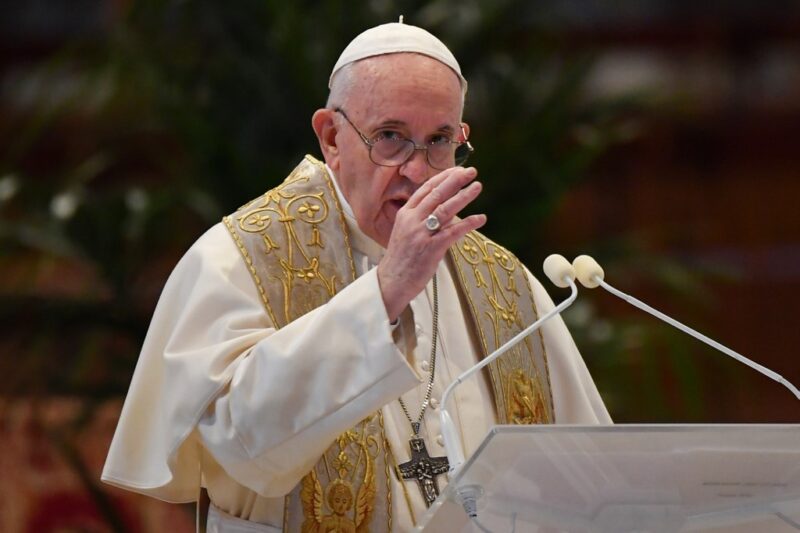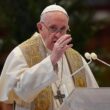For centuries, the Catholic Church has followed a structured process when the leader of the Church passes away. Now, with the passing of Pope Francis on Monday, that same time-honored procedure is once again underway — with a few modern touches.
The Vatican has now entered what is called the “Sede Vacante,” or “Vacant See.” This is the period where the Church is without a pope and begins preparations to select a new one. During this time, Irish-American Cardinal Kevin Farrell, who was named the camerlengo by Pope Francis back in 2019, takes over daily Church operations.
Cardinal Farrell’s duties are key during this transition. His role begins with confirming the death of the pope, a tradition that once involved tapping the pontiff’s forehead three times with a silver hammer and calling out his birth name. Today, the ritual is more symbolic.
He also oversees the destruction of the “Fisherman’s Ring,” the gold signet that each pope receives. This ring, once used to seal documents, is now destroyed to mark the official end of a papacy.
Preparations for Pope Francis’s funeral are in motion. Unlike some of his predecessors who were buried in three nested coffins, Francis requested a simpler burial: a single wooden and zinc coffin.
He also asked to be laid to rest at the basilica of Santa Maria Maggiore in Rome rather than St. Peter’s Basilica. According to a Church official, this choice reflects his desire to be remembered “as a pastor and disciple of Christ, and not of a powerful man of this world.”
His body will lie in an open coffin in St. Peter’s Basilica for the faithful to visit and pay respects. This ends the tradition of placing papal remains on a platform and propping them with cushions.
Meanwhile, cardinals from all over the world will meet in what are called “general congregations.” These gatherings help set the date for the funeral and the “novemdiales” — nine days of mourning — as well as prepare for the election of a new pope.
Between 15 and 20 days after the pope’s death, a conclave will begin. This secretive gathering, held in the Sistine Chapel, involves up to 135 cardinals under the age of 80. They vote in secrecy — two ballots in the morning and two in the afternoon — until a candidate receives a two-thirds majority.
Ballots are burned after each vote. If no pope is chosen, black smoke rises from the chimney. Once a new pope is elected, white smoke appears, and the bells of St. Peter’s ring out.
The new pontiff is then led to the “Room of Tears” to reflect, don his robes, and prepare to face the world. The senior cardinal deacon will step out onto the balcony and declare: “Habemus Papam!” — “We have a pope!”










